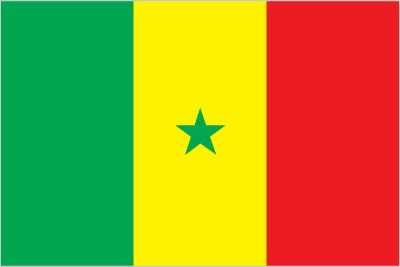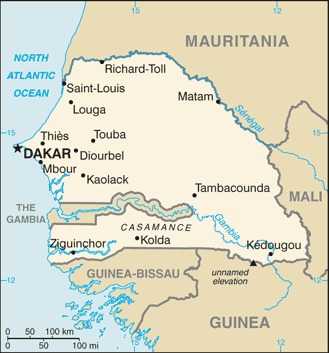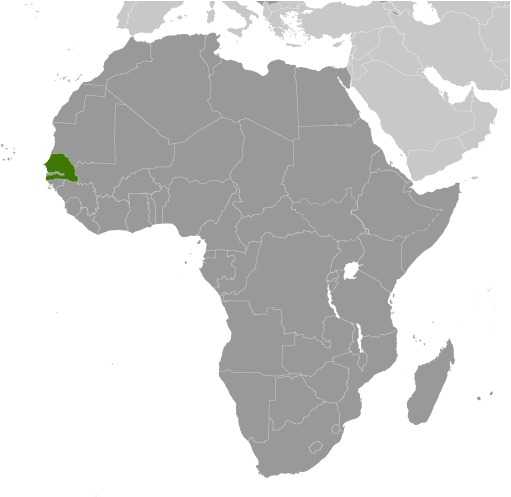Introduction
Visit the Definitions and Notes page to view a description of each topic.
Geography
People and Society
Population
comparison rankings: total 66; male 66; female 66
Median age
comparison ranking: total 213
Population growth rate
comparison ranking: 20
Birth rate
comparison ranking: 25
Death rate
comparison ranking: 198
Net migration rate
comparison ranking: 134
Maternal mortality ratio
comparison ranking: 32
Infant mortality rate
comparison ranking: total 47
Life expectancy at birth
comparison ranking: total population 172
Total fertility rate
comparison ranking: 22
Obesity - adult prevalence rate
comparison ranking: 146
Alcohol consumption per capita
comparison ranking: total 170
Tobacco use
comparison ranking: total 159
Children under the age of 5 years underweight
comparison ranking: 27
Education expenditure
comparison ranking: Education expenditure (% GDP) 27
Environment
Carbon dioxide emissions
comparison ranking: total emissions 108
Government
Economy
Real GDP (purchasing power parity)
comparison ranking: 103
Real GDP growth rate
comparison ranking: 17
Real GDP per capita
comparison ranking: 177
Inflation rate (consumer prices)
comparison ranking: 16
GDP - composition, by sector of origin
comparison rankings: agriculture 55; industry 85; services 150
Industrial production growth rate
comparison ranking: 2
Labor force
comparison ranking: 76
Unemployment rate
comparison ranking: 38
Youth unemployment rate (ages 15-24)
comparison ranking: total 168
Gini Index coefficient - distribution of family income
comparison ranking: 65
Taxes and other revenues
comparison ranking: 55
Current account balance
comparison ranking: 179
Debt - external
comparison ranking: 41
Energy
Electricity
comparison rankings: installed generating capacity 125; consumption 115; imports 92; transmission/distribution losses 96
Energy consumption per capita
comparison ranking: 157
Communications
Telephones - fixed lines
comparison ranking: total subscriptions 99
Telephones - mobile cellular
comparison ranking: total subscriptions 60
Broadband - fixed subscriptions
comparison ranking: total 111
Transportation
Merchant marine
comparison ranking: total 129





